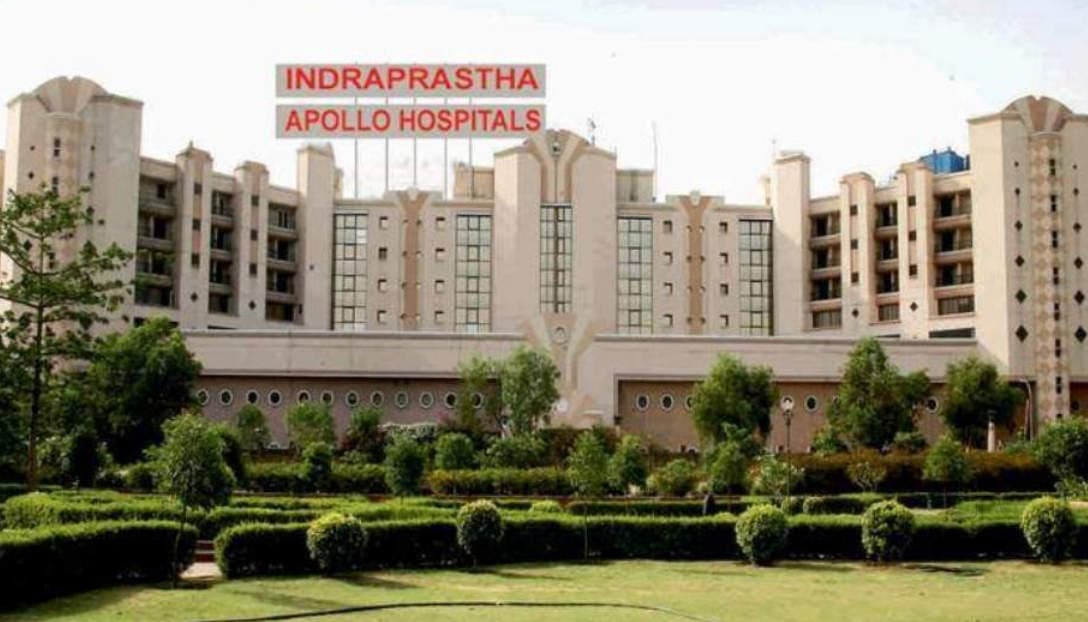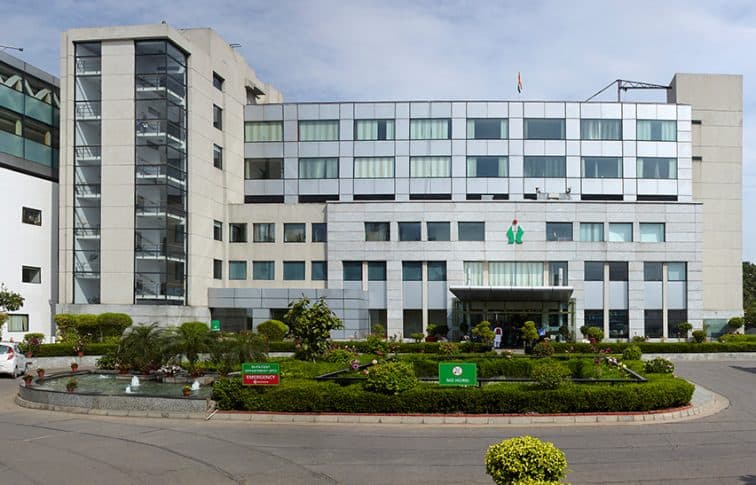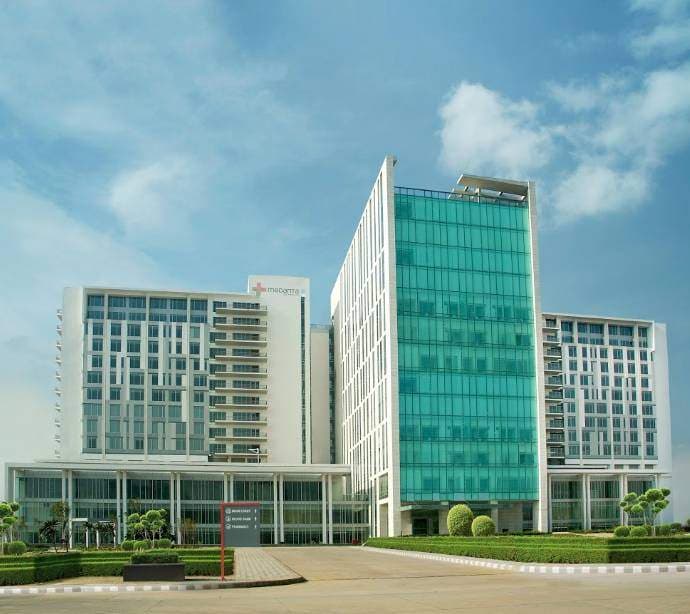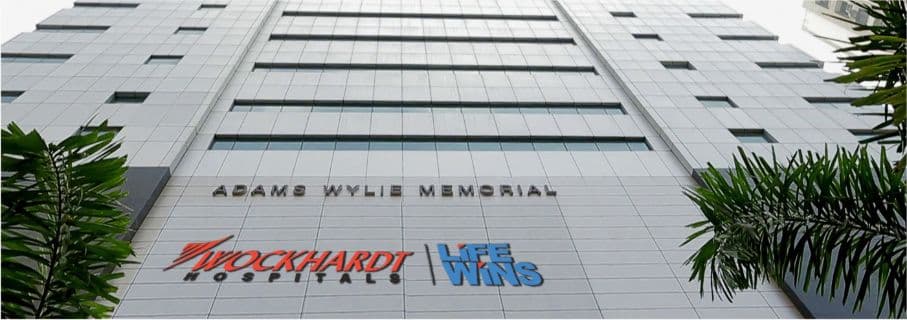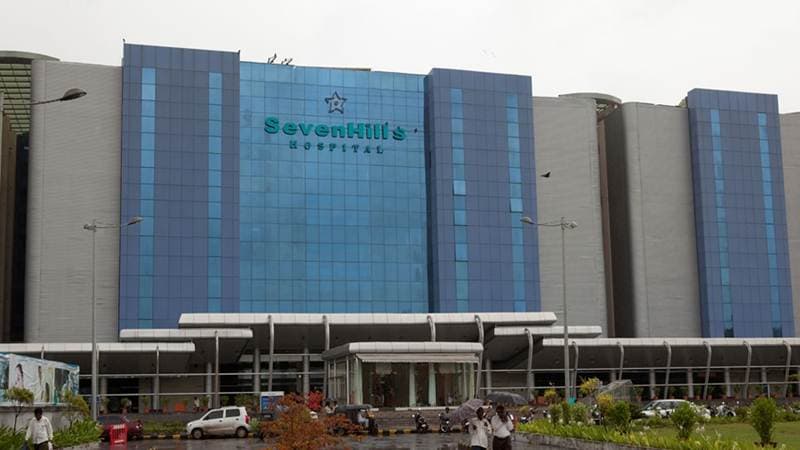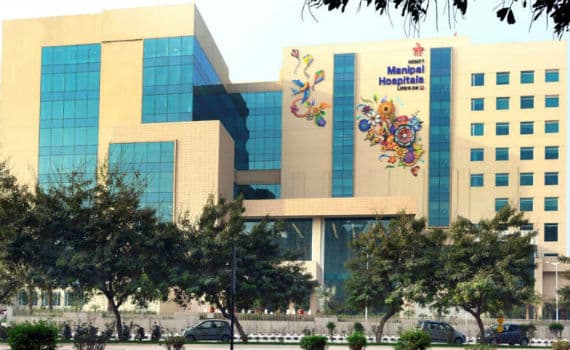Cost of Hernia Repair Surgery in India
This is needed when tissue, such as part of the intestine, protrudes through a weak spot in the abdominal muscles. The resulting bulge can be painful, especially when you cough, bend over or lift a heavy object. a hernia is usually treated with surgery. The three main types of hernia surgery are open repair, laparoscopic (minimally invasive) repair, and robotic repair.
Best price for Hernia Repair Surgery in India
Providing you the best services
Best hospitals in other cities
- Best hospitals for Hernia Repair Surgery in Ahmedabad, India
- Best hospitals for Hernia Repair Surgery in Bangalore, India
- Best hospitals for Hernia Repair Surgery in Chandigarh - Mohali, India
- Best hospitals for Hernia Repair Surgery in Chennai - Madras, India
- Best hospitals for Hernia Repair Surgery in Faridabad, India
- Best hospitals for Hernia Repair Surgery in Gurgaon - Gurugram, India
- Best hospitals for Hernia Repair Surgery in Hyderabad, India
- Best hospitals for Hernia Repair Surgery in Kochi - Kerala, India
- Best hospitals for Hernia Repair Surgery in Mumbai, India
- Best hospitals for Hernia Repair Surgery in New Delhi - Delhi, India
- Best hospitals for Hernia Repair Surgery in Noida - Greater Noida, India
- Best hospitals for Hernia Repair Surgery in Pune, India
Best hospitals for Hernia Repair Surgery in India
Frequently Asked Questions
This is needed when tissue, such as part of the intestine, protrudes through a weak spot in the abdominal muscles. The resulting bulge can be painful, especially when you cough, bend over or lift a heavy object. a hernia is usually treated with surgery. The three main types of hernia surgery are open repair, laparoscopic (minimally invasive) repair, and robotic repair.
May include:
- Bulge in the area of pubic bone
- Pain in the groin
- Dragging sensation in the groin
- Weakness in the groin
May include:
- Strenuous activity
- Chronic cough
- High pressure in the abdomen
- Straining while urination or bowel
May include:
- Physical exam
- CT scan
- MRI scan
May include:
Open hernia repair surgery: Open hernia repair is where an incision, or cut, is made in the groin. The hernia “sac” containing the bulging intestine is identified. The surgeon then pushes the hernia back into the abdomen and strengthens the abdominal wall with stitches or synthetic mesh. Most patients will be able to go home a few hours after surgery, and feel fine within a few days. Strenuous activity and exercise are restricted for four to six weeks after the surgery.
Laparoscopic (minimally invasive) hernia repair surgery: Laparoscopic (minimally invasive) hernia repair uses a laparoscope, a thin, telescope-like instrument that is inserted through a small incision at the umbilicus (belly button). This procedure is usually performed under general anesthesia.
Robotic hernia repair: This type of surgery, like laparoscopic surgery, uses a laparoscope and is performed in the same manner (small incisions, a tiny camera, inflation of the abdomen, projecting the inside of the abdomen onto television screens).
- Robotic surgery differs from laparoscopic surgery in that the surgeon is seated at a console in the operating room, and handles the surgical instruments from the console. While robotic surgery can be used for some smaller hernias, or weak areas, it can now also be used to reconstruct the abdominal wall.
- One of the biggest differences between laparoscopic surgery and robotic surgery is that the use of the robot provides excellent three-dimensional images of the inside of the abdomen (vs. the two-dimensional images of laparoscopic surgery). Robotic surgery also allows the surgeon to easily use stitches to sew tissue and meshes inside the abdomen.
May include:
- Pressure on surrounding tissues.
- Incarcerated hernia.
- Strangulation.
Best doctors in other cities
- Best doctors for Hernia Repair Surgery in Ahmedabad, India
- Best doctors for Hernia Repair Surgery in Bangalore, India
- Best doctors for Hernia Repair Surgery in Chandigarh - Mohali, India
- Best doctors for Hernia Repair Surgery in Chennai - Madras, India
- Best doctors for Hernia Repair Surgery in Faridabad, India
- Best doctors for Hernia Repair Surgery in Gurgaon - Gurugram, India
- Best doctors for Hernia Repair Surgery in Hyderabad, India
- Best doctors for Hernia Repair Surgery in Kochi - Kerala, India
- Best doctors for Hernia Repair Surgery in Mumbai, India
- Best doctors for Hernia Repair Surgery in New Delhi - Delhi, India
- Best doctors for Hernia Repair Surgery in Noida - Greater Noida, India
- Best doctors for Hernia Repair Surgery in Pune, India

